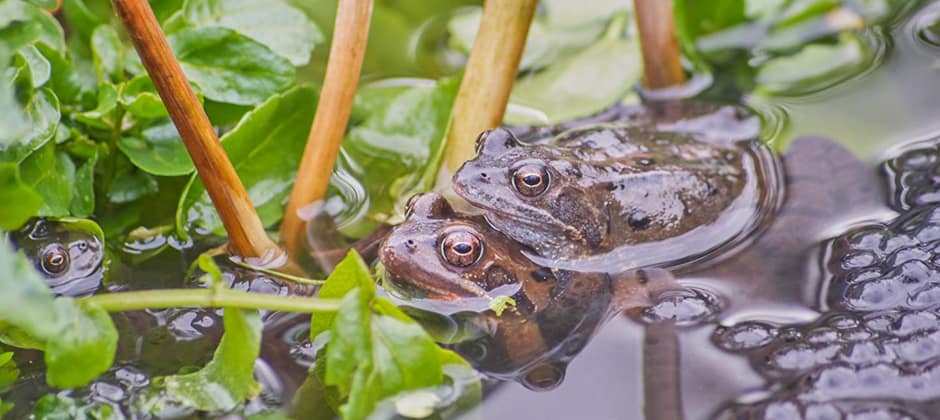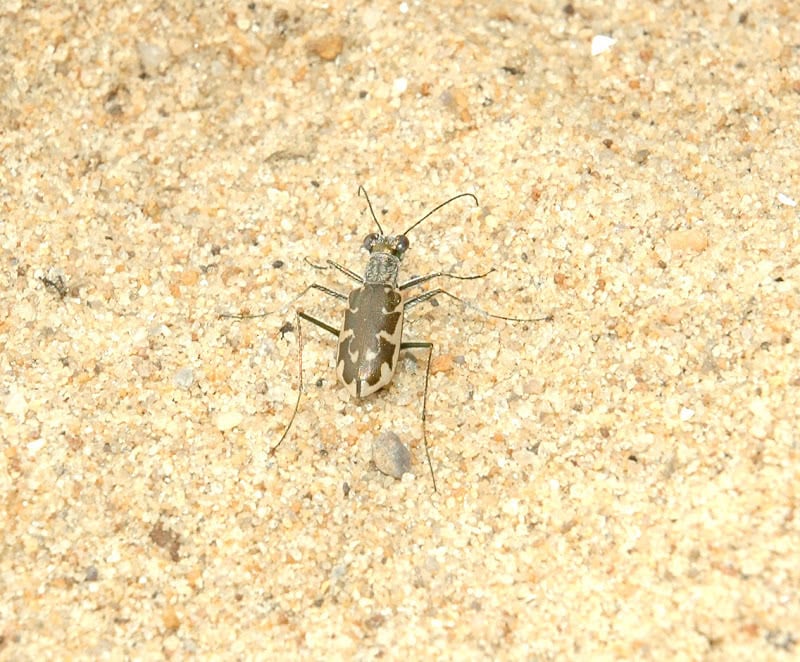Share this article
Frog skin bacteria can help determine virus susceptibility
Scientists who want to find out which frog populations are more likely to contract the deadly ranavirus, which affects amphibians and reptiles globally, recently turned to frogs’ skin.
Studying European common frogs in the United Kingdom, researchers discovered that something about their microbiome — the collection of bacterial species found on their skin — can determine whether or not a frog becomes diseased.
The virus came to people’s attention the 1990s when residents of the U.K. began noticing dead frogs during the summer, said TWS member Lewis Campbell, lead author of the study published in Frontiers in Microbiology. In the United States, ranavirus typically affects tadpoles, he said, but in the U.K. climate, it emerges at the tail end of the breeding season, affecting adults.
“It was a visually distressing thing to see,” said Campbell, who conducted the research as a PhD student at the University of Exeter. Researchers began tracking the disease and recently were able to detect genetic DNA evidence of ranavirus even in frog populations that show no signs of the disease.
They wanted to determine why some populations were more likely to contract the disease. Following the line of research done with chytrid, Campbell and his colleagues decided to look at frogs’ skin, which is an important line of defense against pathogens.
They looked at the skin microbiome of five European common frog (Rana temporaria) populations that experienced mass die-offs due to ranavirus and five populations that did not. Even though the team determined each population had unique microbiomes, “when you look at groups as a whole, the five healthy populations were all a lot more similar to each other’s microbiome than they were to the diseased populations, and vice-versa,” he said. This was true, they found, regardless of where the populations were located geographically.
Campbell concluded the collection of bacterial species that makes up the frogs’ microbiomes could predispose them to contract the disease or develop a more effective immune response to it.
But, he said, more research needs to be done regarding the mechanism behind how these microbiomes develop. One possibility is that when the disease emerges within a population, it changes the microbiome in a predictable way to make the disease populations more similar. Another possibility is that the disease emerges within a population that already has a specific microbiome structure, he said.
Campbell and his colleagues credit research done on chytrid fungus for their inspiration. With chytrid, he said, researchers are able to move beyond just characterizing the microbiomes and can use species of bacteria inhibitory to chytrid fungus to develop treatments.
“Even though the ultimate goal is to develop mitigation strategies against chytrid fungus, if we could continue our research further, we could go along the same lines with ranavirus,” he said.
Header Image: Adult European common frogs often contract ranavirus. Researchers recently found their skin microbiome can determine susceptibility to the disease. ©Dr. Lewis Campbell








